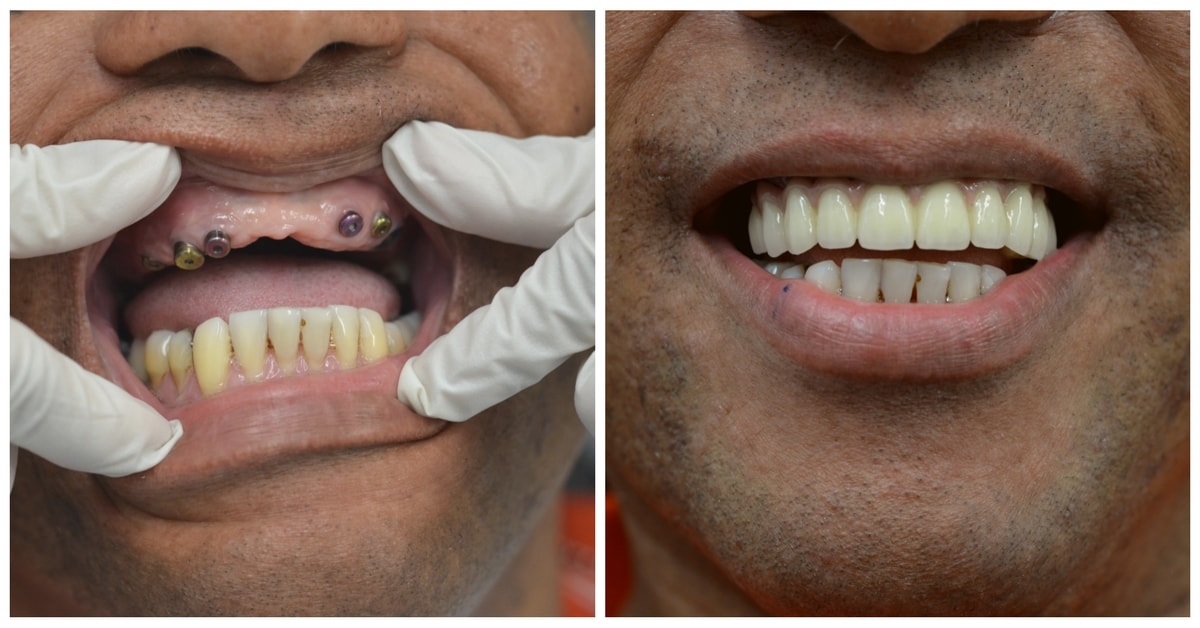More About Dental Implants
Table of ContentsDental Implants for BeginnersThe Best Guide To Dental ImplantsThe Definitive Guide to Dental ImplantsThe Definitive Guide to Dental Implants
are clinical devices operatively implanted right into the jaw to bring back a person's capacity to chew or their look. They supply support for man-made (fake) teeth, such as crowns, bridges, or dentures. When a tooth is shed because of injury or disease, a person can experience problems such as quick bone loss, defective speech, or adjustments to chewing patterns that cause discomfort.

Framework of The Dental Implant System selecting dental implants, talk to your oral provider about the potential advantages and dangers, and whether you are a candidate for the treatment. Points to take into consideration: Your total health and wellness is a crucial element in figuring out whether you are a great candidate for dental implants, how much time it will certainly require to heal, and how long the dental implant may remain in place.
Smoking might impact the healing procedure and reduce the long-term success of the dental implant. The healing procedure for the implant body might take a number of months or longer, during which time you typically have a temporary joint instead of the tooth. the oral implant procedure: Carefully adhere to the oral health instructions provided to you by your dental provider.
The Best Strategy To Use For Dental Implants
Implant failing can cause the need for an additional procedure to take care of or change the implant system. Restores the capability to chew Recovers cosmetic appearance Assists maintain the jawbone from shrinking due to bone loss Preserves the wellness of the bordering bone and gum tissues Helps keep surrounding (neighboring) teeth stable Improves high quality of life Damage to surrounding natural teeth throughout dental implant placement Injury to the surrounding tissues during surgical procedure, such as sinus opening Injury during surgical procedure (for instance, fracture of surrounding jawbone) Inadequate feature, such as seeming like the teeth do not attack with each other normally An experience that the tooth is loose or twisting in area arising from a joint screw loosening Implant body failing (looseness of the implant body) due to systemic infection, which might be more most likely in people with unchecked diabetes due to regional infection in bone and gum tissues sustaining the dental implant body because of delayed healing, which might be more probable in clients that smoke Problem cleansing the periodontals around the implant, resulting in poor oral hygiene Untreated periodontal condition Post-surgical tingling due to nerve impingement or damages Always alert wellness care suppliers and imaging specialists that you have oral implants before any magnetic vibration imaging (MRI) or x-ray procedures.
FDA is not knowledgeable about any adverse events reported for MRI or x-ray treatments with oral implants. Oral implants systems are generally constructed from materials that comply with international consensus requirements of the International Organization for Standardization more info here (ISO) or ASTM International. These standards have details of what makes a risk-free product.
Oral dental implant systems are examined according to worldwide agreement criteria. Biocompatibility screening, to show that physical contact with the device does more info here not cause issues like irritability or sensitive response, is part of the examination that assists make sure the products in the oral implant system are safe and do not cause negative results when implanted in individuals.

Top Guidelines Of Dental Implants
Some people are not eligible for dental implant surgical procedure. It is see here for dental specialists to operate on people with: severe illnessuncontrollable metabolic diseasebone or soft tissue illness or infectionIf these concerns are fixed, an individual can have the surgical procedure. Dental Implants. In, oral cosmetic surgeons refrain from operating on individuals with: If individuals with any of the above undertake oral implant surgery, there is a higher risk of the implant failing
Some people have a jawbone irregularity that stops adequate bone for a dental implant from creating. In such situations, a surgeon may need to do a ridge adjustment. This includes lifting the periodontal to expose the area of deformed bone. The surgeon will then make use of a bone or bone substitute to fix and accumulate the location.
Oral dental implant surgery is an individualized procedure. It's not the very same for every person. The following offers a basic summary of what you can expect your dental expert, oral doctor, periodontist or prosthodontist to do: Put the implant operatively. Provide you time to recover. Attach the post and final crown, bridge or denture.
Next, your cosmetic surgeon will carefully position the oral implant into your jaw. Ultimately, your cosmetic surgeon will certainly reposition your gum tissues and close the cut with stitches. If your implant is near the front of your mouth, your dentist will make a short-lived tooth for you to use till you heal. This way, you will not have a void in your smile while you recover.
Dental Implants Can Be Fun For Anyone
During the healing phase, your jawbone should fuse to the oral implant. This procedure can take anywhere from 3 to nine months.
Once your implant heals, your dental expert can connect the abutment (small port post) and your last reconstruction (crown, bridge or denture). This usually takes about one hour to finish and might require a second small surgical treatment. You shouldn't feel any discomfort during your oral implant procedure because your service provider will use drug to numb your periodontals.
Comments on “The Ultimate Guide To Dental Implants”